Posted by · 2 Comments
When we first moved in, a gigantic trumpet vine was intermingled with honeysuckle; it was lovely… and a red light for any hummingbirds in its path. I thought the trumpet vine was choking out the delicate honeysuckle so I removed it.

Our Honeysuckle
The honeysuckle is in full bloom now and the hummingbirds love it!
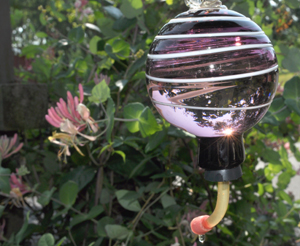
Our Hummingbird Feeder
A few weeks ago my daughter spotted a hummingbird in our area and I immediately retrieved the feeder, placed it on display, and rang the dinner bell!
I don’t leave the feeder out during the winter months… although I know of a few who do. It’s been my experience that our hummingbirds find us year after year (like we tend to return to the same beach house year after year).
Make your “nectar” by mixing one part sugar to four parts water. Boiling the mixture will ensure the sugar has dissolved. Store unused portions in your refrigerator and fill your feeder only partially—you should clean it every three to four days anyway and to fill the feeder would just be a waste.
The sugar-water you provide is not meant to “feed” your hummingbirds…merely provide energy to make it to their next feeding. So, keep your feeders clean and full and the area around the feeder “attractive” (remember, they love the color red) then sit back and wait for the hummmmmmmm….

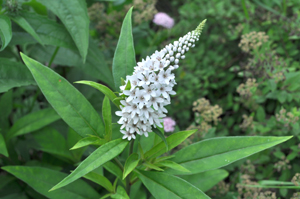 I’m talking about “Gooseneck Loosestrife.”
I’m talking about “Gooseneck Loosestrife.”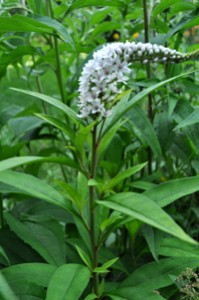 I’ve had the worst time ridding my flower beds of it. I pull new shoots constantly throughout the summer months.
I’ve had the worst time ridding my flower beds of it. I pull new shoots constantly throughout the summer months.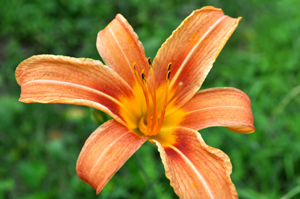 Daylilies are in full, blooming glory along our Pennsylvania roadsides now. I always assumed, because of their location, that these were the native variety. I was wrong (not for the first time, mind you).
Daylilies are in full, blooming glory along our Pennsylvania roadsides now. I always assumed, because of their location, that these were the native variety. I was wrong (not for the first time, mind you).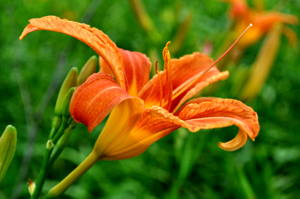 Hemerocallis is the genus name meaning “beauty” and “day”, hence the name “daylily” (each flower lasts only one day). However, I’ve learned through my online research that each daylily clump can produce 200-400 flowers in a season. Multiply that by the hundreds of clumps in any roadside stand of daylilies and you’re in for a spectacular show lasting throughout the better part of the summer!
Hemerocallis is the genus name meaning “beauty” and “day”, hence the name “daylily” (each flower lasts only one day). However, I’ve learned through my online research that each daylily clump can produce 200-400 flowers in a season. Multiply that by the hundreds of clumps in any roadside stand of daylilies and you’re in for a spectacular show lasting throughout the better part of the summer!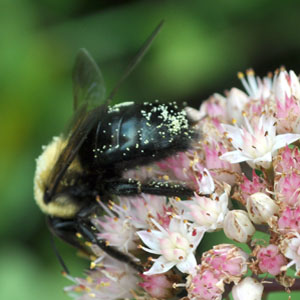 Look at my little freckled friend—freckled with pollen, that is.
Look at my little freckled friend—freckled with pollen, that is.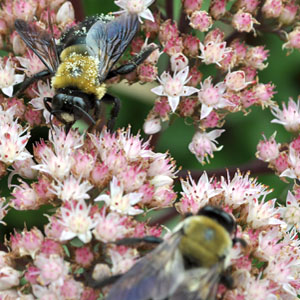
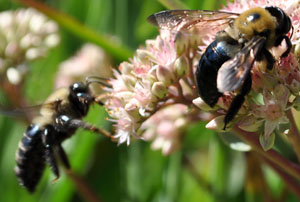
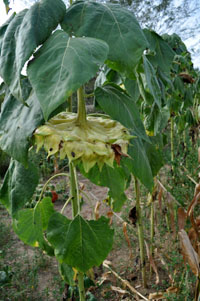
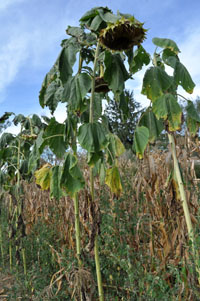 The children have been back at school for two weeks now and we’ve started to harvest butternut squash which can only mean one thing: summer’s officially over.
The children have been back at school for two weeks now and we’ve started to harvest butternut squash which can only mean one thing: summer’s officially over.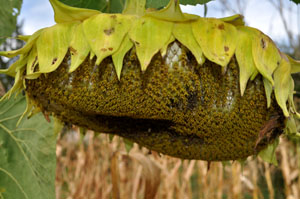
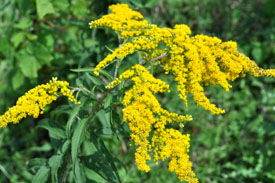
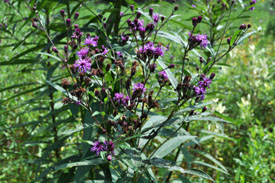
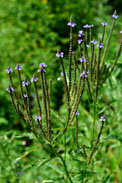
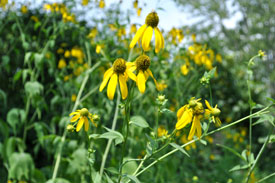
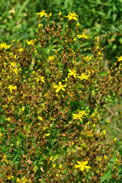
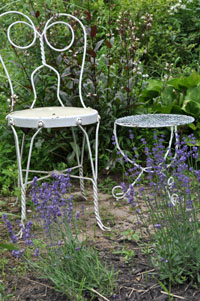 I wander around the yard and barn capturing images I think would make nice accompaniments to blog entries and snapped this one of the chair in my flower bed.
I wander around the yard and barn capturing images I think would make nice accompaniments to blog entries and snapped this one of the chair in my flower bed. 
